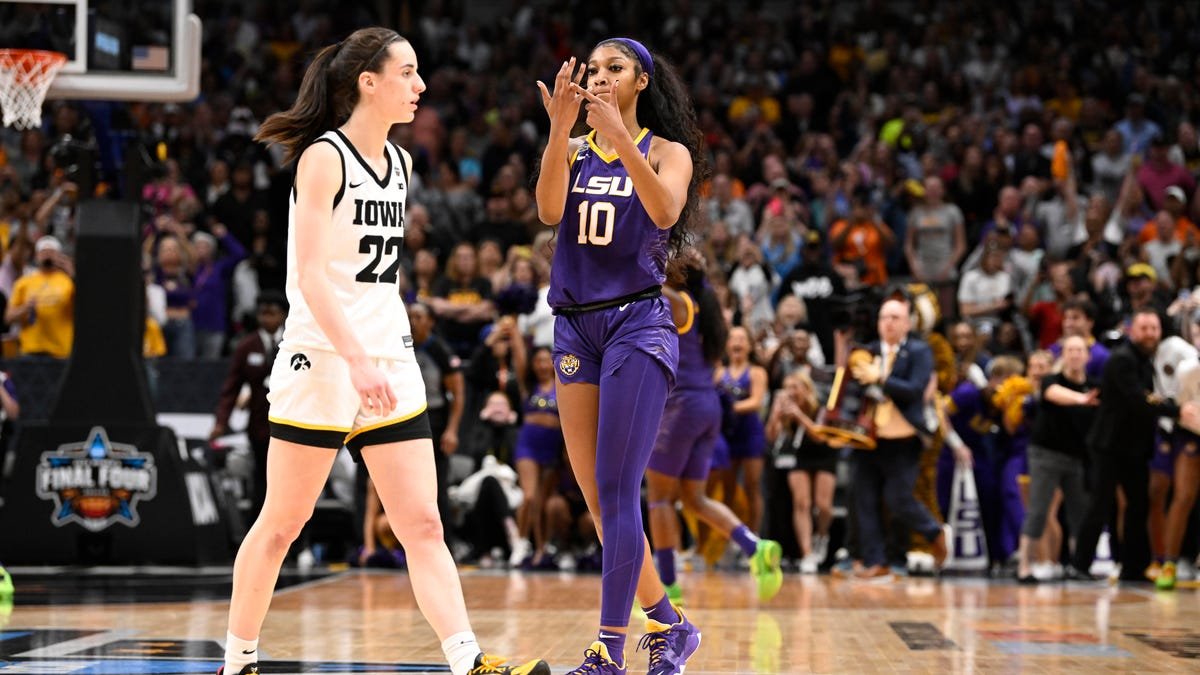The NCAA and ESPN recently announced an eight-year, $115 million annual deal to broadcast 40 different championships, including the women’s college basketball tournament. This partnership is a significant step forward for women’s sports and demonstrates the growing support and interest in female athletics.
One of the main reasons why this deal is so important is because it signifies the increasing popularity and recognition of women’s sports. Each day, women’s sports come closer to achieving equality with male sports, particularly in basketball. The record-breaking viewership for the women’s college basketball championship game, with nearly 10 million viewers tuning in, demonstrates the growing interest in women’s athletics.
The deal, which begins on September 1, will generate a total of $920 million, three times more than the previous NCAA and ESPN deal. It will broadcast 40 different championships, compared to the previous 29, across both men’s and women’s sports. Additionally, there will be 10 more shows of additional programming, such as selection shows and documentaries, to provide more content and coverage.
The media coverage of women’s sports has risen significantly, from 5% in 2008 to 15% in 2022. This number is projected to reach 20% by 2025. The increased coverage allows for greater exposure and recognition of female athletes and their accomplishments.
The deal also includes a wide range of women’s sports, such as lacrosse, field hockey, cross country, fencing, ice hockey, bowling, soccer, and swimming. Women’s basketball, volleyball, and gymnastics will exclusively be aired on ABC. The inclusion of these sports in the deal highlights the commitment to promoting and supporting women’s athletics across various disciplines.
While women’s basketball did not receive its own exclusive deal, the NCAA has expressed a desire to reward women’s basketball teams’ success in the national tournament with revenue distribution. This would mirror the system in place for men’s basketball, which rewards schools and conferences for their performance. The potential for women’s basketball to have its own deal in the future remains a possibility as women’s sports continue to grow and gain more attention.
The NCAA chose ESPN as its partner due to their enthusiasm and commitment to the negotiations. ESPN demonstrated a genuine interest in promoting and continuing to include women’s sports in their portfolio. This partnership will provide greater exposure and viewership for women’s sports, helping to bridge the gap between male and female athletics.
While some may argue that women’s college basketball should have its own separate deal, it is important to consider the current state and long-term goals of women’s sports. By remaining in the ESPN deal, women’s college basketball can continue to grow and attract more fans and viewers. Once the sport has gained even more popularity, it may be more feasible to pursue a separate deal for the regular season and tournament.
The increasing popularity of women’s sports is an exciting development. It provides young girls with role models and opportunities to engage with their favorite sports outside of the Olympics. The media deal between the NCAA and ESPN will give fans greater access to women’s sports, bringing us closer to an equal playing field. With continued investment and support, women’s sports will continue to thrive and gain the recognition they deserve.





